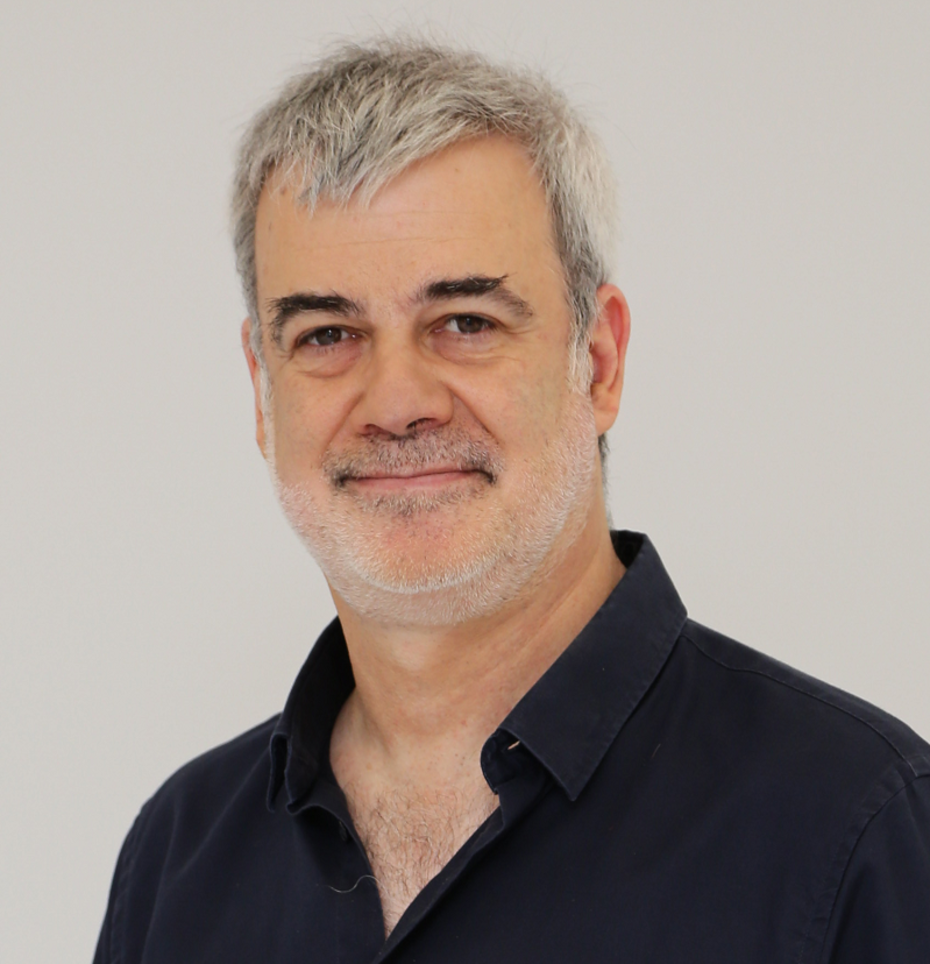Prof. Eli Sprecher interviewed by DEBRA Austria
Get to know our EB Resnet Expert Panel
Prof. Eli Sprecher is clinician and researcher at the Tel Aviv Sourasky Medical Center in Israel, and has been working on EB for decades. As a longstanding member of the MSAP - Medical and Scientific Advisory Panel - he has reviewed many research projects for DEBRA and EB-ResNet. One of the main areas of his research is epigenetics. We are more than happy that excellent research cooperation with the EB House Austria has been established. As an expert in EB, DEBRA Austria kindly asked Prof. Eli Sprecher to answer these questions for donors and partners:
- What were the most significant milestones in EB research for you so far?
Although research is a continuous process, it is easy to distinguish four major (albeit overlapping) phases in the development of EB research over the past 3 decades: it all started with the recognition of the importance of the basement membrane function and dysfunction in EB, through the delineation of the genetic basis of most forms of EB and the characterization of the function of the gene products associated with EB pathogenesis, up to the development and clinical implementation of advanced therapies targeting EB-causing molecular defects.
- Where do you see opportunities for a cure in the near future? And, how can research on epigenetics help?
It is still unclear when will EB cure become a tangible option; in contrast, treating EB efficiently through targeted therapies, is already a concrete possibility. The more we know about the mechanisms underlying EB, the better we are able to design new therapies aimed at correcting dysfunctional pathways in EB. These novel and targeted therapeutic solutions include various forms of cell therapies (e.g. mesenchymal stem cells), replacement therapies (e.g. collagen VII) and various drugs. There is clearly a need for a better understanding of the pathophysiology of the disease. At this regard, it is important to note that genetic diseases are no longer regarded as solely due to disease-causing DNA mutations. In fact clinical manifestations in EB are notoriously variable. Part of this variability can be explained by epigenetic influences, namely, changes which are not directly encrypted into the DNA sequence, but affect its expression. We are currently actively investigating some of these changes (such as DNA methylation) as well as the extent to which co-inheritance of additional genetic changes impacts on the clinical manifestations of mutations in EB-associated genes. - What connects you with DEBRA Austria? How did the cooperation with EB House Austria come about?
I have been connected with DEBRA Austria over the years both as a member of the DEBRA MSAP, responsible for helping with the funding of EB-focused research programs, as well as as a close friend of the EB house and other skin research institutions in Austria. More specifically, I have been invited several times as part of the steering committee which is supporting the EB house in ascertaining its progress. During these visits, I have been deeply impressed by the scope and depth of the various research programs conducted under the auspices of the EB house as well as by the way EB research in Austria is so closely driven by the patients' need. It comes therefore of little surprise that many of the major advances in EB translational research have been initiated or have involved EB house researchers. - Thank you very much for this interesting interview prepared for the DEBRA Austria Annual Report 2020.
